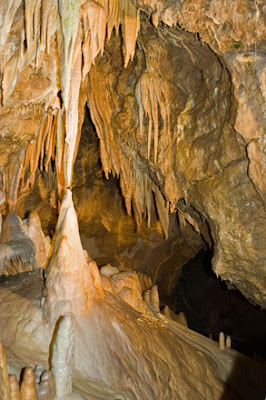Flawed Cave Samples for Climate Research
One of the methods used to determine an old Earth as well as climate change is called paleoclimate research ("paleo", meaning, "way back when"). The procedure seems quite simple, get samples from caves, cart them back to the lab, and see what happens. In their efforts to prove the conclusions the scientists had already made, serious flaws were discovered in the techniques.
When the samples are moved away, changes begin to happen quickly, and the results are suspect. In addition, the samples vary between caves. This makes it mighty difficult to make projections about Earth's past climate, and to make projections about the future. Perhaps if they didn't presume consensus science, uniformitarianism and Earth being ancient, and also took more care in their testing? Earth was created far more recently than secularists want to admit.
 |
| Image credit: Freeimages / Frank Müller |
Widely used to infer past climates, isotope measurements from stalactites and stalagmites in caves can mislead researchers.To finish reading, click on "Cave Climate Conclusions Compromised".
They are among the most useful storytellers of earth history: speleothems, or cave formations. Scientists collect samples from stalactites and stalagmites, take them to their labs, and measure the fractions of stable oxygen and carbon isotopes found in their inclusions of crystals of calcium carbonate or calcite. From these crystal balls, the scientists look far into the past, envisioning climate change and long ages. What could be more straightforward? The data prove it.
A funny thing happens on the way to the lab. The isotopic fractionations become altered. Here’s what a team of speleologists (cave scientists) conclude from expeditions into a couple of caves in Hungary.